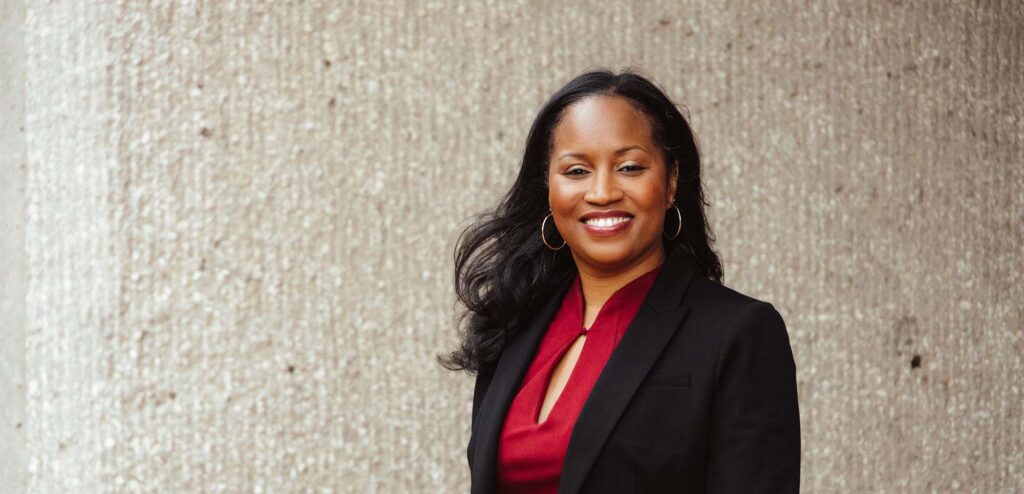From the USC Marshall School of Business and Gould School of Law
Contact: Amy Blumenthal or Anne Bergman
Desk: 213.740.5552
Mobile: 917.710.189
Gilien Silsby
Desk: 213.740.9690
Mobile: 213.500.8673
MEDIA ADVISORY
Do Election Reforms Ensure that Policies More Closely Reflect Public Opinion?
New USC Study Suggests the Answer is ‘No’
A new study, “Popular Control of Public Policy: A Quantitative Approach,” by John Matsusaka, president of the USC Initiative and Referendum Institute and a business and law professor, examines 10 high-profile issues in 50 states to calculate whether enacted public policies are congruent and match with the will of the American populace.
The paper, published in this month’s Quarterly Journal of Political Science, reviews 500 cases involving controversial issues such as the death penalty, same-sex marriage, abortion, term limits and school prayer and seeks to measure the congruence or alignment between established policy and public opinion. In addition, the paper investigates whether several election institutions (including initiatives; judges; and other institutions such as campaign contributions, disclosure and public funding, primary-election laws, and redistricting processes) have significant impact to ensure that future policies more accurately represent public opinion.
Key Findings:
Forty-one percent of the time, states chose policies opposed by the majority of citizens (this is true measuring all citizens, only those who vote, or those with strong preferences). The fact that 59 percent of the time, states chose policies that are in line with public sentiment, is only nine percent better than “‘random policymaking’ in which policy would be selected by the “flip of a coin.”
2. Election institutions favored by reformers do not have statistically significant impact in ensuring greater congruence or alignment between policy and public opinion.
3. Commission-based redistricting does not appear to make policy correspond more closely with popular opinion.
4. Policy and public opinion are most in sync when the following conditions are met:
---The initiative process is present. The initiative process appears to increase congruence between policy and public opinion by 18-19 percent, after controlling for other explanatory factors. While some pundits argue that initiatives allow special interests to override the majority, the data implies that initiatives allow for greater democracy.
---When judges are appointed and do not have to stand for election, policy alignment with public opinion is 11-13 percent lower.
To view a full copy of the article, please visit:
http://www-bcf.usc.edu/~matsusak/research.htm
















